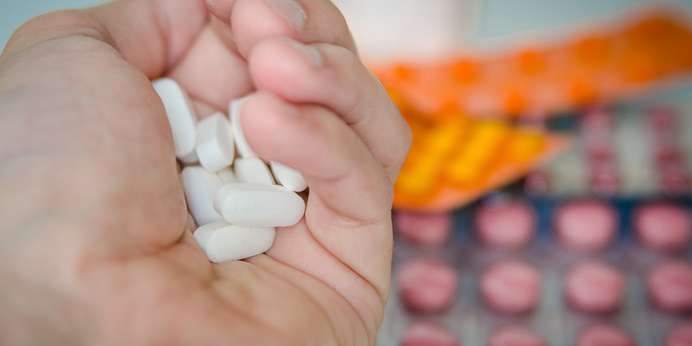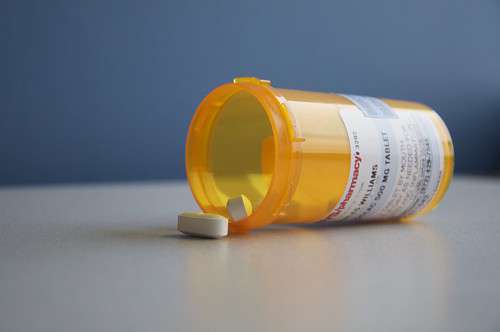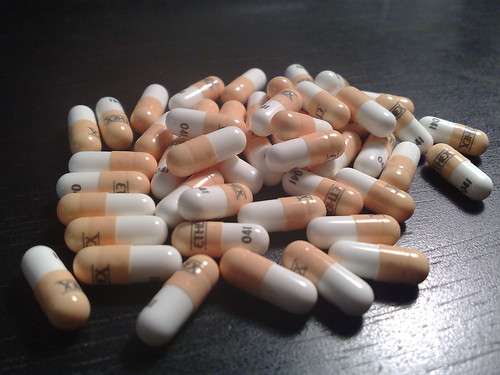
Stability testing is an essential part of the drug approval process, but it also plays a critical role in helping pharmaceutical companies determine which drugs are most likely to be commercially viable. Image Source: Pexels user pixabay.com
The development of new medications is an exciting process that opens up new possibilities for preserving health and improving the quality of life. Due to the high stakes of pharmaceutical development, it is also an exacting, time-consuming, and labor-intensive process, as new medications must be subjected to rigorous testing to determine efficacy and ensure that drugs conform to strict performance standards prior to release. However, drugs don’t just have to perform in clinical trials immediately after manufacturing, they also have to remain potent and safe over time to be useable in the real world. As such, stability testing is one of the prime areas of investigation during drug development, allowing researchers to observe the stability of pharmaceuticals in response to stressors to determine chemical behavior over time.
While in the long term, drug stability testing gives pharmaceutical companies the ability to establish appropriate shelf-life, storage, and usage instructions for end users, it also does something else: it helps you predict which drugs will be commercially viable early on in the development process, allowing you to make informed decisions regarding resource allocation. “I’ve worked on oncology drugs that were shown to be very efficacious in the clinic, but they were removed from development because of stability reasons, says Dr. Richard Ladd, senior director of pharmaceutical and life sciences marketing at Waters. “So early on you do rapid testing to predict the stability and pick winners.”1 UV-Vis spectrophotometry offers a fast, economical, and accurate method of assessing drug stability indicators at all stages of drug development and manufacture, giving pharmaceutical companies the critical data they need to predict product viability.

UV-Vis spectrophotometers allow researchers to evaluate key quality parameters to ensure that a medication is safe both at the time of manufacture and for future use. Image Source: Flickr user Charles Williams


